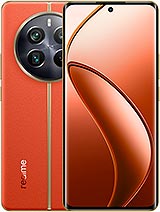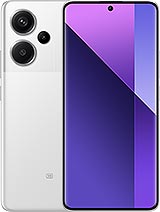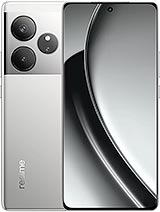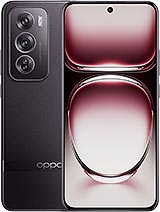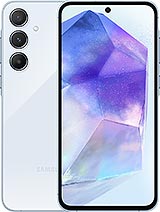Lava Agni 3 alternatives
Tap above to see alternatives.
Poco F7 alternatives
Tap above to see alternatives.
Lava Agni 3

Lava Agni 3
-
Dimensity 7300
4 nm
-
5000 mAh
66W
-
6.78"
1200 x 2652 pixels
-
50 MP
4K@30fps
-
Specs

4x2.5 GHz Cortex-A78
4x2.0 GHz Cortex-A55
1x3.21 GHz Cortex-X4
3x3.0 GHz Cortex-A720
2x2.8 GHz Cortex-A720
2x2.0 GHz Cortex-A720
8GB 256GB (UFS 3.1)
12GB 512GB (UFS 4.1)
(wide), 1/1.55", 1.0µm, PDAF, OIS
8 MP
(telephoto), 1.0µm, PDAF, 3x optical zoom
8 MP
112˚ (ultrawide)
Sony IMX882, f/1.5, 26mm (wide), 1/1.95", 0.8µm, PDAF, OIS
8 MP
SmartSens SC820CS, f/2.2, 15mm (ultrawide), 1/4.0", 1.12µm
1080p@30fps
1080p@30/60/120/240/960fps
f/2.0, (wide), 1.0µm
OmniVision OV20B, f/2.2, (wide), 1/4"
SIM1: Nano, SIM2: Nano
SIM1: Nano, SIM2: Nano
14 5G bands
n1, n2, n3, n5, n7, n8, n20, n28, n38, n40, n41, n66, n77, n78
15 5G bands
n1, n2, n3, n5, n7, n8, n20, n28, n38, n40, n41, n48, n66, n77, n78
In this performance comparison, the Poco F7 with its Qualcomm Snapdragon 8s Gen 4 (4nm) performs better than the Lava Agni 3 with the Mediatek Dimensity 7300 (4nm), thanks to superior chipset efficiency.
Poco F7 offers 4 years of OS updates, whereas Lava Agni 3 provides 3 years. For security updates, Poco F7 offers 6 years of support compared to Lava Agni 3's 4 years.
Both Lava Agni 3 and Poco F7 feature AMOLED displays, offering vibrant colors and deeper blacks. Both smartphones offer the same 120 Hz refresh rate. Poco F7 also boasts a brighter screen with 1700 nits of peak brightness, enhancing outdoor visibility. Notably, Poco F7 offers a higher screen resolution, resulting in sharper visuals and more detailed content.
Poco F7 features a larger 7550 mAh battery, potentially delivering better battery life. Poco F7 also supports faster wired charging at 90W, compared to 66W on Lava Agni 3.
Poco F7 offers better protection against water and dust with an IP68 rating.
- Lava Agni 3 – Check price here
¹ Scores can vary even with the same chipset due to RAM, thermals, and software optimization.


